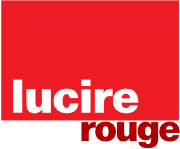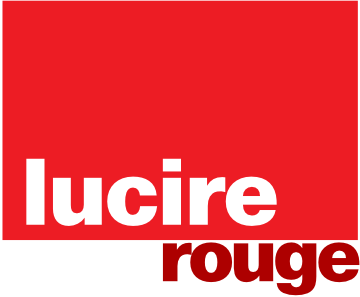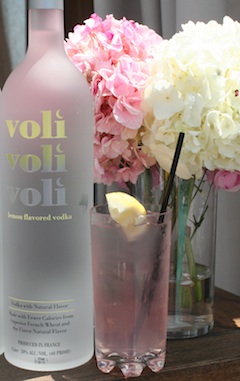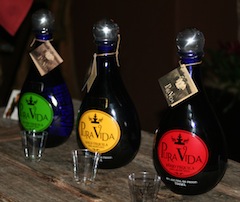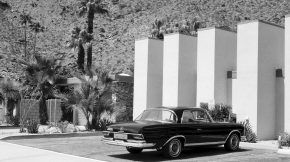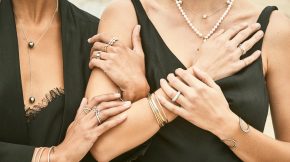Nini Andrade Silva: on (Madeira) island time
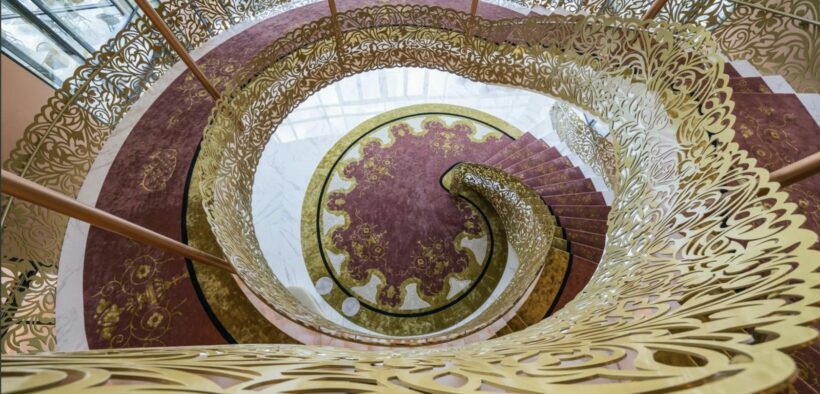
Like Hawai‘i, the USA’s 50th state, Madeira is an island paradise shaped by ancient volcanic activity, a mild climate, distinctive foliage, and an interesting convergence of unusual geography, botany and culture that’s highly specific to it. What has made Madeira a paradise for generations of British and European travellers, however, is home and a constant source of inspiration for internationally acclaimed interior designer–artist Nini Andrade Silva.
While Andrade Silva counts the Savoy Palace in Funchal and Saccharum Resort & Spa in Calheta among her latest landmark accomplishments, she also holds the distinction of being a living artist with her own museum and design centre (ninidesigncentre.com/en) in central Funchal. Although each resort has its own personality and appeal to different types of travellers, both are devised to be full-on immersions into the world she feels privileged to have come of age in.
‘My design speaks about my references and memories, not only of my personal history but about the history of Madeira Island,’ said Andrade Silva when asked about what elements of Madeira informed the Savoy Palace’s ambitious design. ‘This project, an homage to my homeland, brings together a number of standout elements from Madeira’s traditional art, history and culture, [such as the] exuberance of the surrounding landscape, man-made elements like the levadas (old irrigation channels) and tunnels, and traditional arts such as Madeira’s renowned embroidery and wickerwork. These specific features underlie the metamorphosis between the conceptual inspiration and the interior design project.’
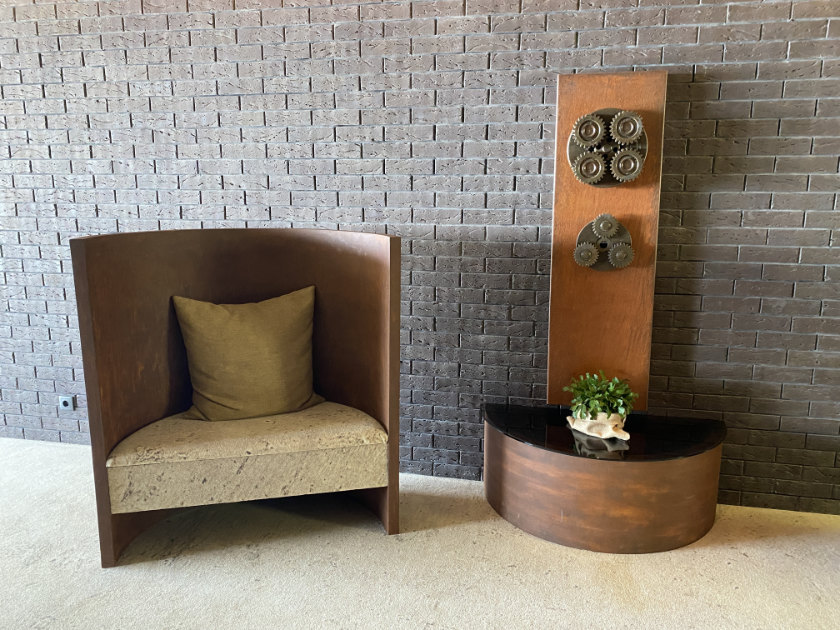
Andrade Silva created functional furnishings for the Saccharum Resort & Spa that recall Madeira’s sugar production history. Photos by the author.

She is equally enthusiastic when discussing how the rugged coastline of Madeira and the legacy of its sugar industry shaped her concept for Saccharum as a paradise for travellers coming to the island for outdoor adventure. When discussing the properties, as well as her other influences, it’s clear that her goal is to enable people from around the world to see Madeira through her eyes.
Lucire Rouge: What is it about interior design that captivates and drives you?
Nini Andrade Silva: Interior design is part of my personal expression and cultural interaction with the world. Design allows me to transform hotels across the globe into temporal hubs of thematic exploration. I put a lot of my inner being in my designs. They are something born from the inside out, something that begins in the spirit, goes through the drawing and merges in the matter! I love design because I love creating new realities and emotions. My job allows me to put a bit of myself in each project that I and my team create. My designs come from the soul—what I feel about the place at the moment.
What was your intention when developing the design for the Savoy Palace hotel?
I intended the Savoy Palace be a complete balance between today’s needs and æsthetics and the territory context where it takes place. [It is also a] homage to Madeira’s traditional art culture and natural heritage. I love the reception area because it gets its unique ambience through the presence of an impressive chandelier and large mirror that give a feeling of space, sumptuousness and grandeur. I’m also happy with how the restaurants and rooftop spaces took shape and are so glamorous even with the Madeiran terrain shaping them. It’s a “wow” factor I believe will surprise and delight people discovering Madeira for the first time.
What was the biggest challenge when designing the Savoy Palace?
The biggest challenge was the space planning, which I wanted to design in a very organic way with the intention of giving humanity and versatility to the space while highlighting the organic nature and curvilinear forms of materials.
What, for you, is the most enjoyable aspect of designing hospitality interiors?
Designing a hotel encompasses a good understanding of the client’s identity, goals and needs, as well as the consumer’s needs and wishes. Balancing these elements and mixing in creativity and innovation result in a recipe for sure success. As such, when you design a hotel, everything has to be taken into consideration, and you’re challenged to figure out new and different ways to create each area and each piece. Innovation in design hotels is born out of a flexible way of thinking that must stick to the rules and practices we have learned over time. When I am designing something, I always have a message that I want to get across to the viewer.
Does your previous design experience influence how you will approach future projects?
My design approach has always spoken about my references and memories. I feel that the place for every project is certainly inseparable from the project itself, and it means to create environments with a soul. I love creating new realities for a visitor or traveller, and my job allows me to put a bit of myself in each project I create.
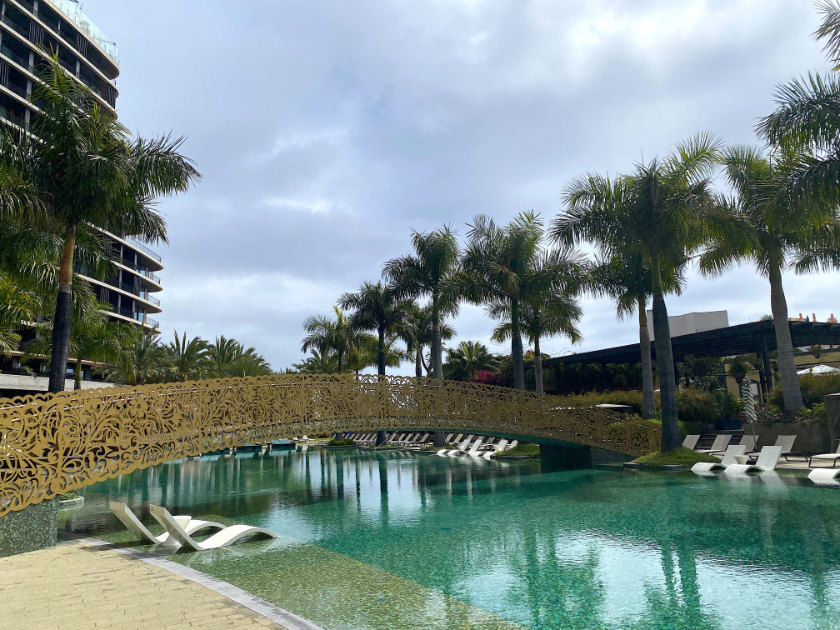
Would you like to live in any of the locations and places you’ve designed?
I used to say that I have a home but I do not have a house because I live all over the world. I live in the locations and places where my design take shape. I like [seeing spaces this way] because it is precisely this sum of the parts, the contact with different cultures, that defines the specificity of my work.
Tell me about the what inspired the environments of the Saccharum Hotel and the Vine (also in Funchal), and how they encapsulate the Madeiran character.
The Saccharum Hotel is a project totally inspired by the sugar cane culture and the old brandy production. Once, in the place where this hotel is located, there was an old factory. The creative process is a true allegory to this universe. The Vine Hotel, which I designed over a decade ago, remains an icon of design in hospitality. The creative concept was also totally inspired by the cultural heritage of the Madeira island but, at the Savoy Palace the scale is different and the references come up with a new reinterpretation and a creative look. In the specific case of Savoy Palace, we have brought new sources of inspiration not yet addressed, such as the embroidery, flowers and wicker. It’s not what you see, but what one feels inside each property.
What has been your proudest moment or most memorable project as a designer, thus far?
Savoy Palace Hotel has been one of the most memorable projects of my career. However, I have collaborated with my [team] to work on a distinct range of award-winning interior design projects. This means every project is or should be a “proudest moment”. Our work has been frequently featured in design, architecture, lifestyle, travel and fashion publications, because of their connecting unique design with a high level of detail.
What are your passions outside of the design world?
In addition to my [design career], I embrace two great passions, painting and helping those in need. My brand image, ‘Girl of the Pebble’, was inspired by my childhood memories. My charitable association uses revenue from the sale of my paintings, themed around the slippery pebbles and rocks found on the beaches of Madeira, to help children of Madeira in need.
What’s next for you?
[My team is]currently engaged in several projects across Europe, America, Asia, Middle East and Africa and the ambition is to move forward step by step, doing what we love with excellence, quality and rigour. As we have in the past, we dedicate ourselves 100 per cent to a single goal … to see sparkle in the eyes of our clients. We keep the desire to create unique environments, to create fantasy, and to turn fantasy into reality. •
